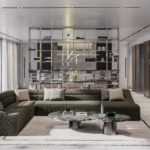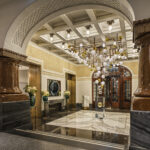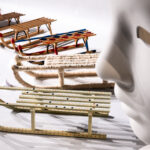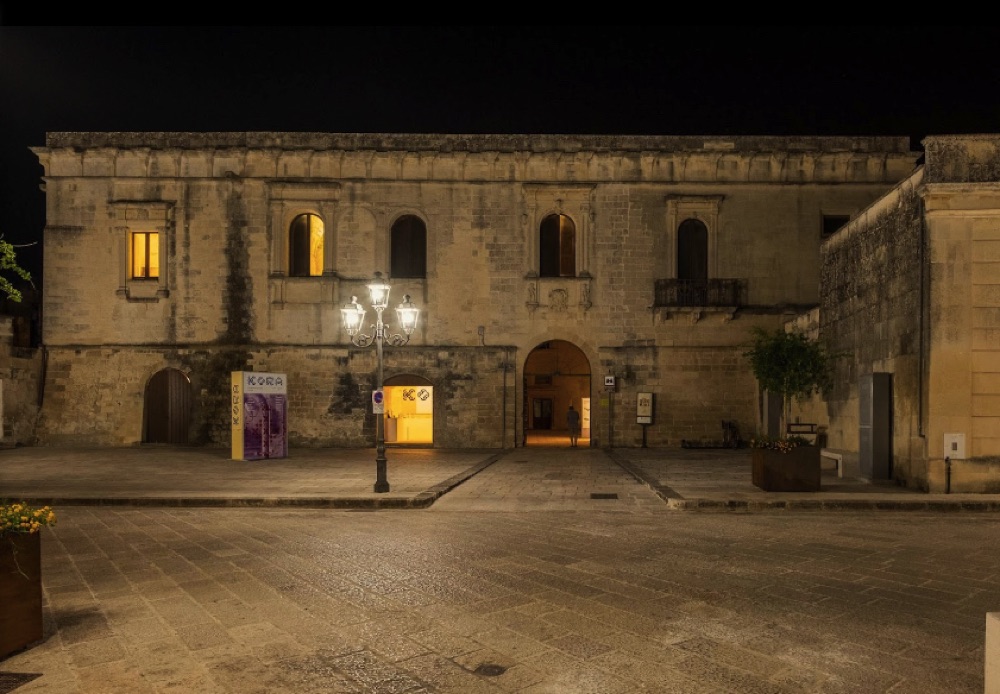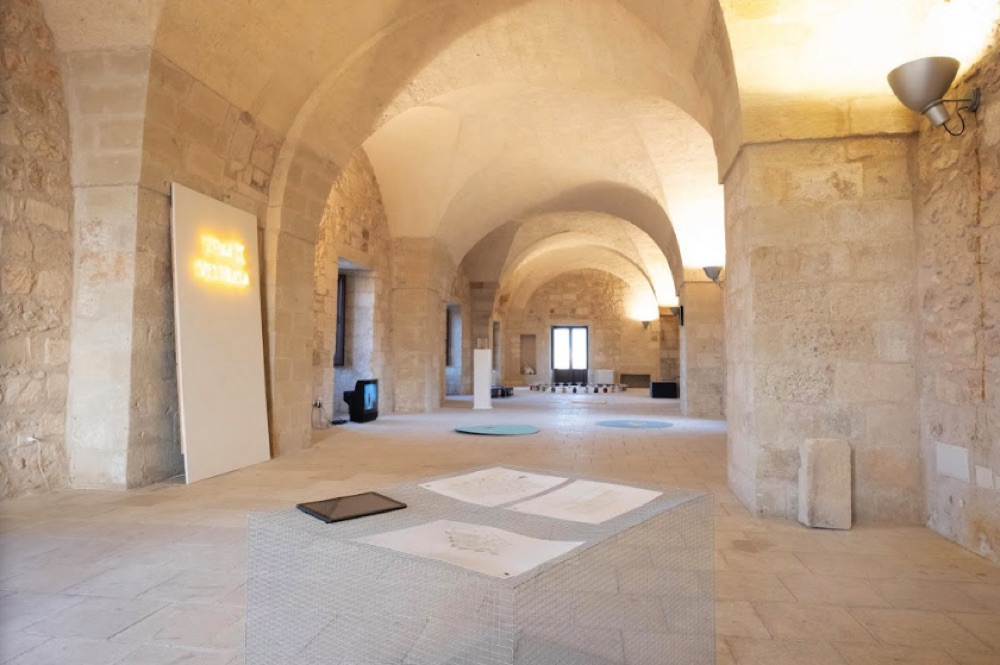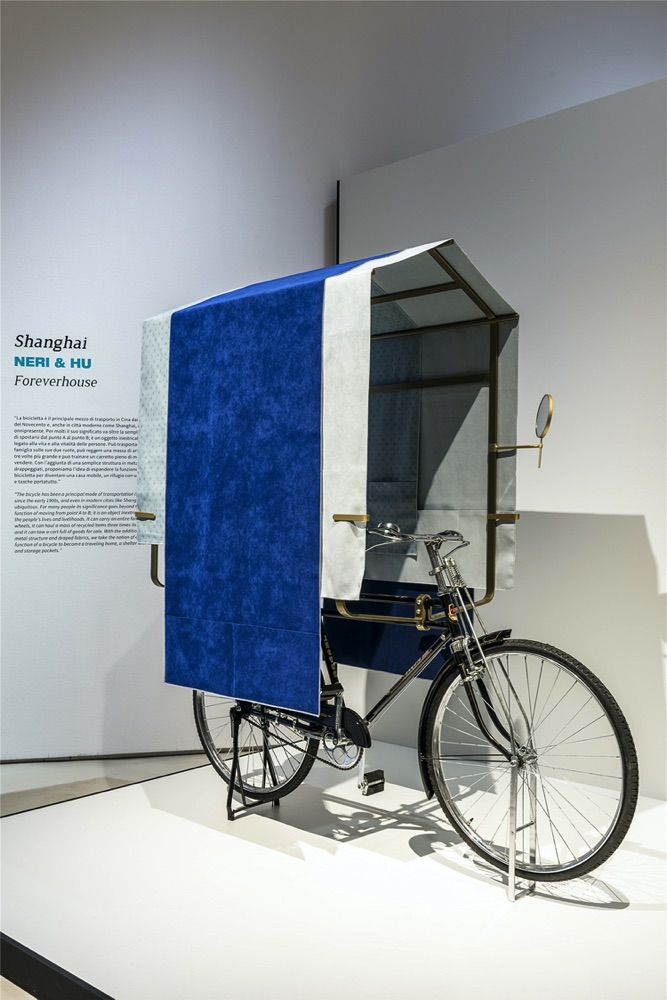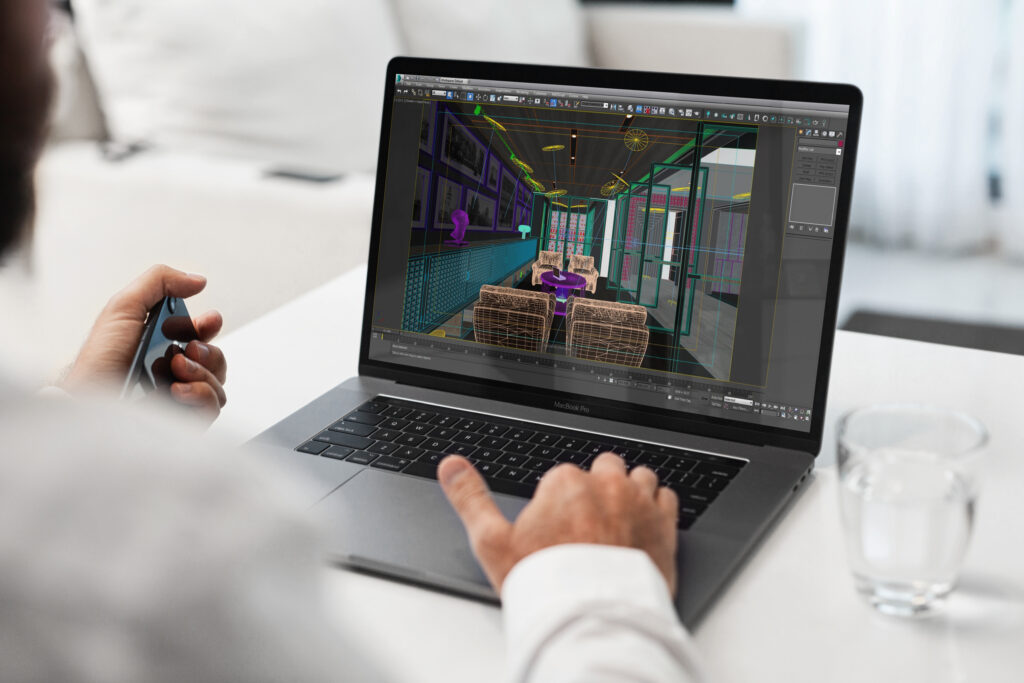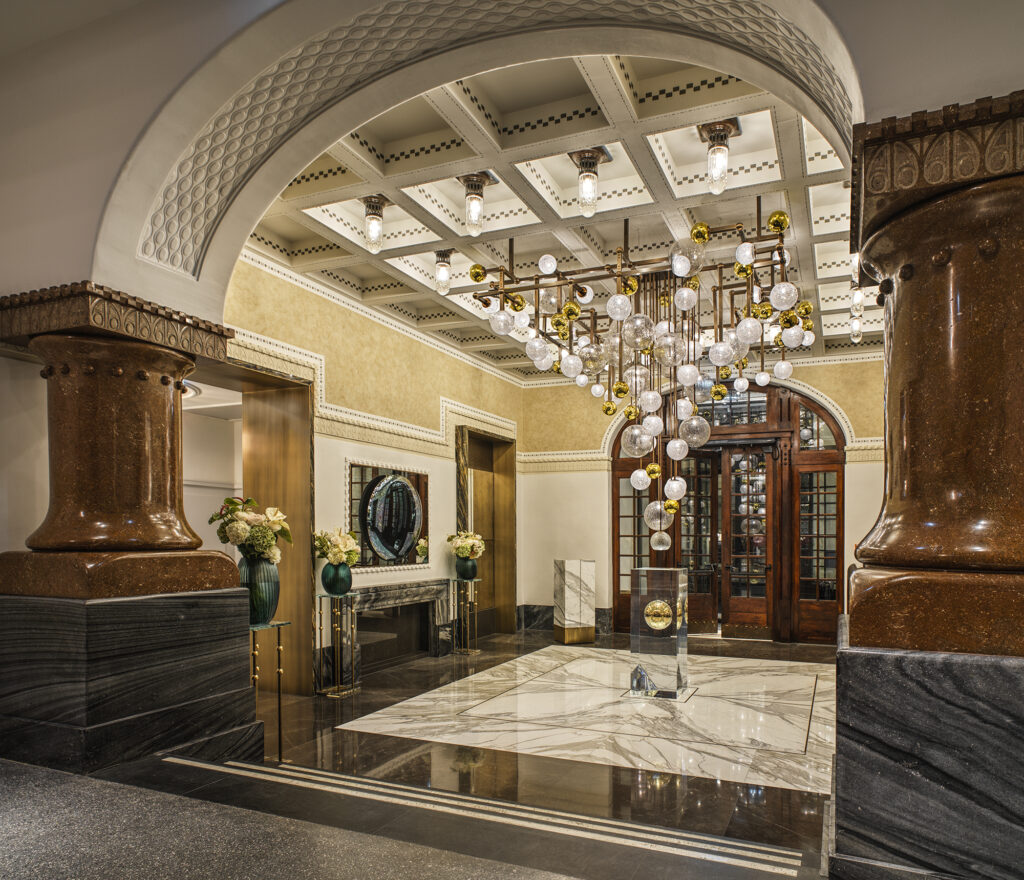In Castrignano de’ Greci, in Grecìa Salentina, in the province of Lecce, a former castle and baronial palace becomes a Contemporary Arts Center
Four local organizations – Ramdom, PazLab, Doc-Servizi and MUTA Impresa Sociale – have joined forces to create KORA, a production center for creative activities – exhibitions, workshops and training. Ramdom is a cultural association working in the area since 2011, which started several initiatives, including Lastation, an exhibition space in the railway station of Gagliano – Leuca. PazLab communication studio designed the image of the KORA center, with graphics inspired by the old cement tiles of the Palace. Together with Doc-Servizi, one of the most important associations for the show business, and MUTA, a social enterprise, they formed the temporary association of companies dealing with the project of the 1,600 sqm Center.
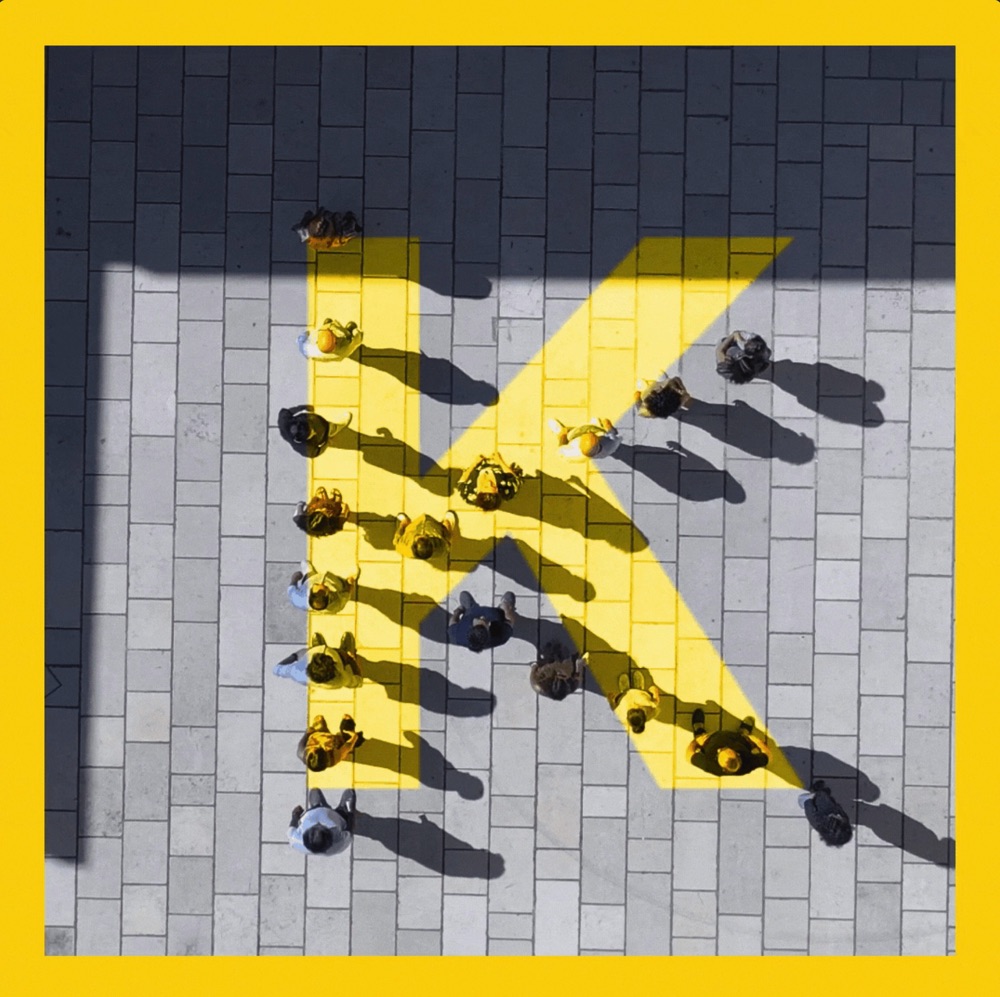
On July 23, KORA opened its doors with the first exhibition, Home Sweet Home, curated by Paolo Mele, Alessandra Pioselli, Davide Quadrio and Claudio Zecchi. The exhibition, which at the moment has no closing date, hosts over thirty Italian and international artists and designers, with a specific focus on the so-called Global South. The leitmotif is the home, understood not only as a physical place, but also as a privileged place for interpersonal relationships.
Discover the sustainable monastery in Lecce
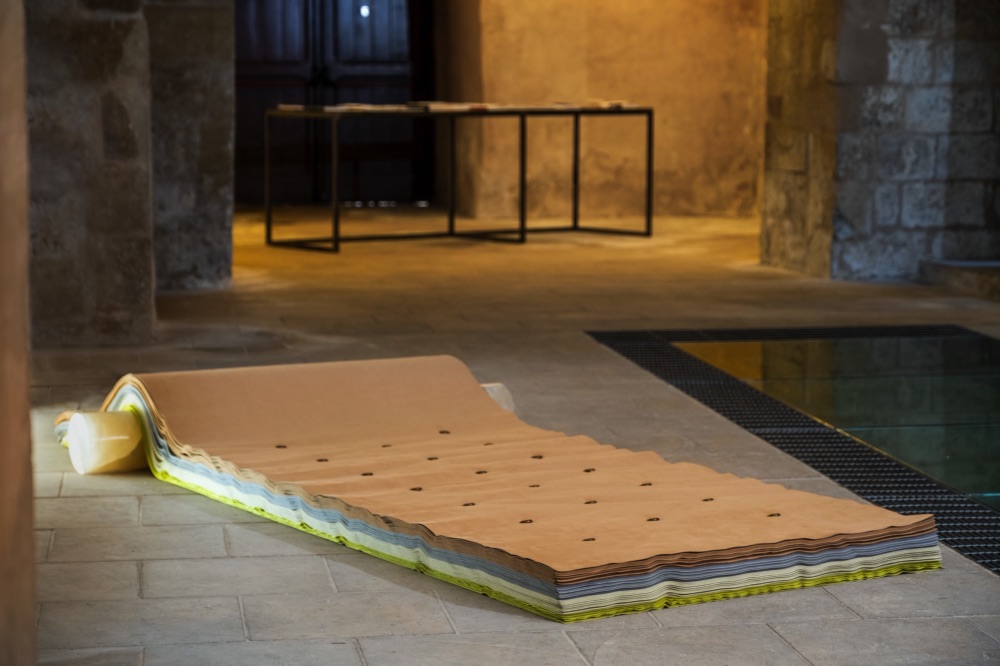
From this starting point, the home, nowadays a place of intimacy and of work at the same time, a place to live and a center of relationships, also responds to an altered psychological dimension that requires the definition of a new language and new imagery.
Home Sweet Home: an exhibition that explores the house
Home Sweet Home also wants to be the expression of cross-generational, cross-media and multidisciplinary work that aims to gradually become a way of thinking about artistic creation.
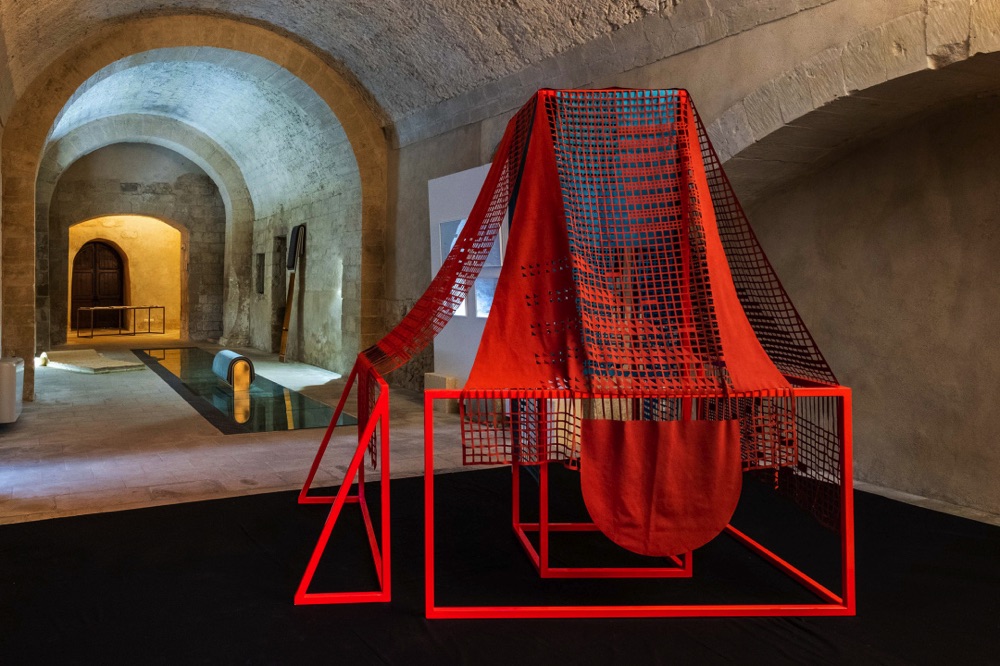
The artists and designers selected for this phase are Andrea Anastasio, Yu Araki, Elena Bellantoni, Carlos Casas, Casa a Mare, Cristian Chironi, DAAR (Decolonizing Architecture Art Research), Gianni D’Urso, Formafantasma, Fernanda Fragateiro, Ishu Han, Eva Hide, Alfredo Jaar, KairUrs, Leticia Lampert, Tatiana Macedo, Elena Mazzi, Neri & Hu, Liliana Ovalle, Parasite 2.0, Jacopo Rinaldi, Sissi, Emilio Vavarella, Zimmerfrei.
Discover Camerich’s booth at CIFF Shanghai 2020, by Neri & Hu
Foreverhouse by Neri & Hu: art and design in Apulia
Confirming the international spirit pervading Apulia and Grecìa Salentina, architects and designers from Shanghai Neri & Hu participate in the exhibition with Foreverhouse. Like many of Neri&Hu’s works, Foreverhouse is inspired by tradition, as a form of resistance to cultural erasure. Since the early 1990s, the bicycle has played a pivotal role in China. In both urban and rural centers, the bicycle is still one of the most popular means of transportation. For many people, its significance goes beyond its function of transporting people from one place to another; it is an object inextricably linked to ways of living and sustenance. The bicycle can carry a load of recycled items three times its weight; it can also pull a cart full of goods to sell. Either literally or metaphorically, the bicycle can support an entire family on its two wheels.
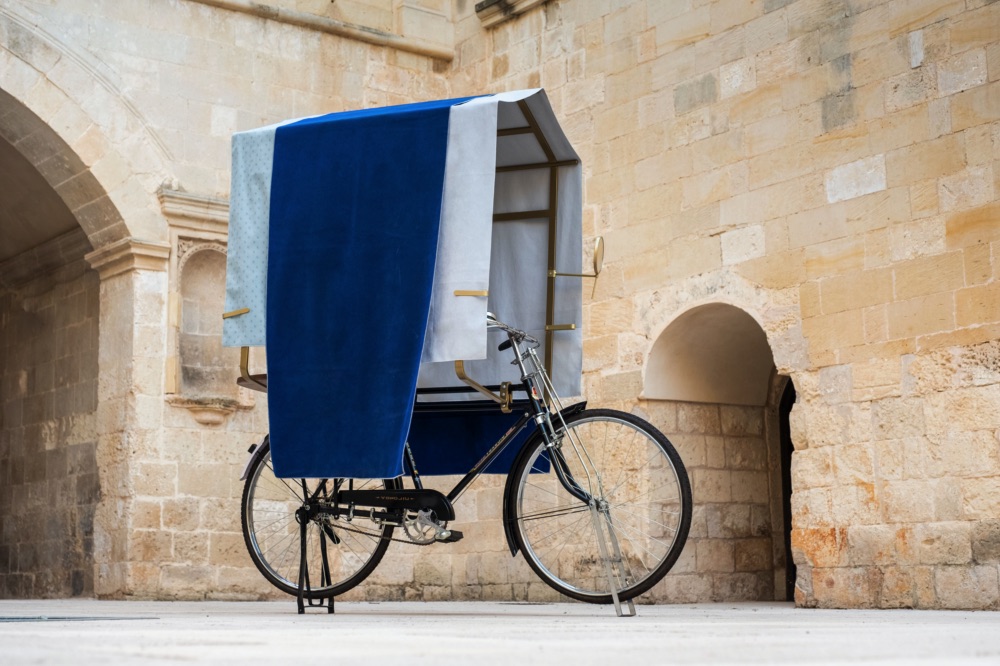
The concept of Foreverhouse is to turn a bicycle into a traveling home. With the addition of a simple metal structure and draped fabrics, Neri&Hu has turned a bicycle into a shelter with a table and storage pockets. The fabric pouch uses a pleated fold, which can contain itself and any precious items within: a perfect little pocket. The pattern of the fabric is inspired by the traditional delight from Shanghai: xiaolongbao. The thin but elastic dough of xiaolongbao is a flawless container to hold the aromatic juices within while allowing the steam to escape. Foreverhouse directs attention to the social realities of our times: with the rising tides of mass migration, what happens to our sense of belonging?
A space open to the public
The exhibition also includes a rich program of screenings, performances and guided tours. Inside KORA’s space, the public library is enriched by a section specialized in contemporary art, public art, research and planning on territories. A place closely connected with the exhibition space, with books recommended by artists, guests and visitors. The word in all its forms will be an instrument for relationships, knowledge and dissemination.

